Holy smoke: the mystical power of palo santo
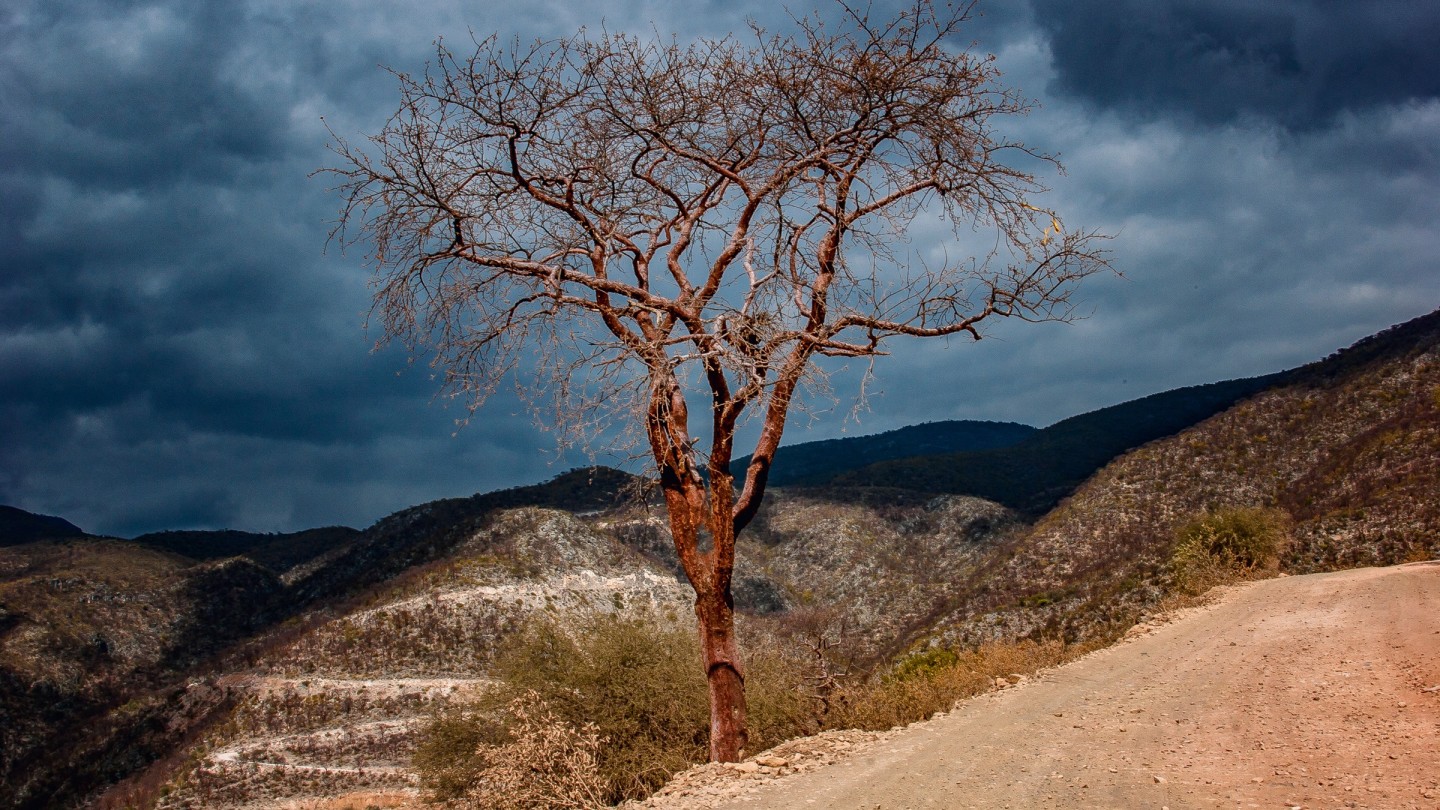
Roula Khalaf, Editor of the FT, selects her favourite stories in this weekly newsletter.
“People are seeking more from their fragrances – those that can reduce stress or help people cope or think clearly really appeal right now,” says Clare Varga, head of beauty at forecasting agency WGSN. “And in this era of polycrisis, palo santo is finding a new relevance as a way to help to deal with anxiety.”
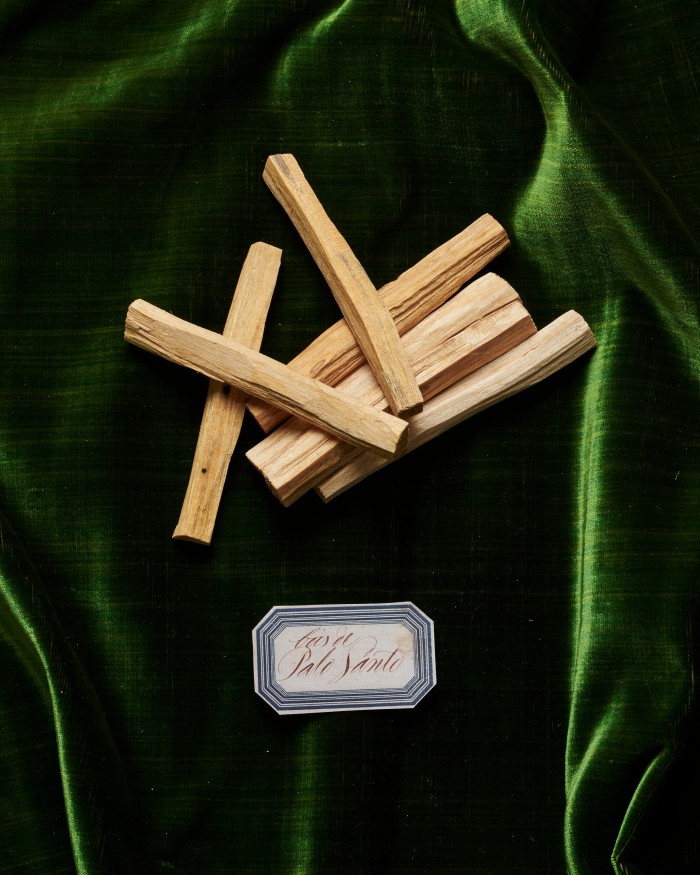
Roughly translating to “holy wood”, palo santo is the Spanish name for Bursera graveolens – a wild tree that’s native to South America and is rooted in ancient practice, history and indigenous wisdom. “Healers have long used palo santo during fumigation rituals to rid themselves of negative energies and optimise healing on a physical and spiritual level,” says Victoire de Taillac, co-founder of French beauty brand Buly 1803, which sells palo santo sticks for burning (€25). “The aniseed scent is said to cleanse negativity, while its woody and balsamic aromas bring peace and harmony.”
Traditionally, the commercial use of palo santo is strictly governed. The tree grows in the wild for between 30 and 40 years and, according to law, “can only be harvested after its natural death”, says de Taillac. “However, now that the market is flourishing, illegal practices of cutting or uprooting the tree to extract its oil are becoming more commonplace.”
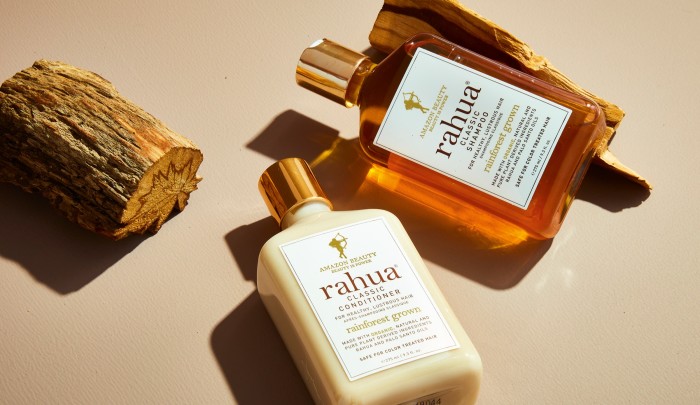
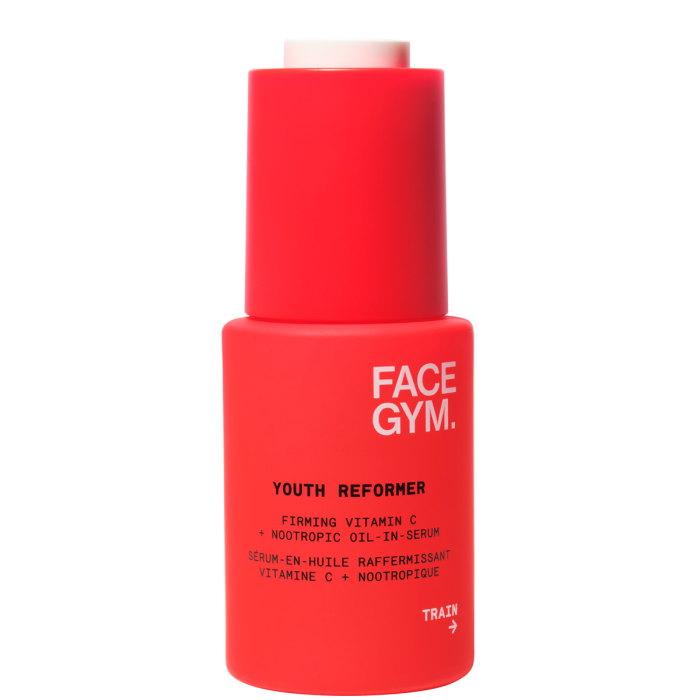
FaceGym Youth Reformer Firming Vitamin C Face Serum, £88
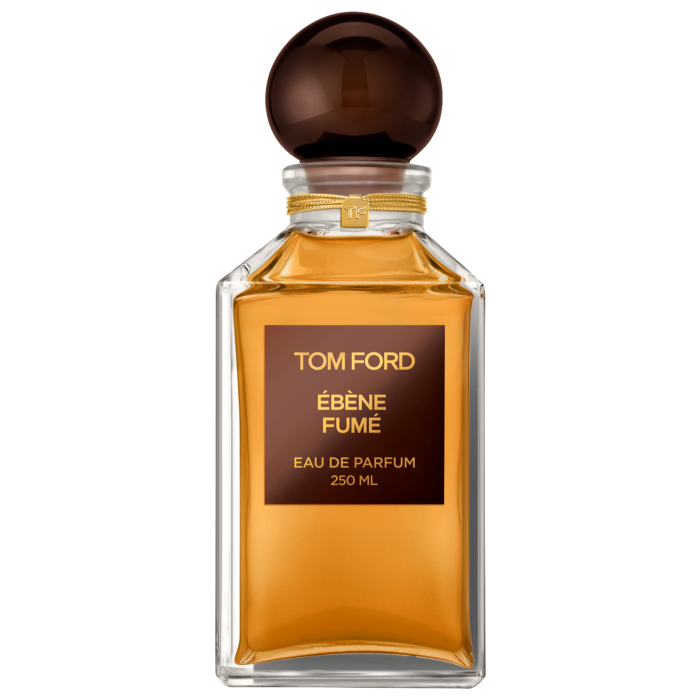
Tom Ford Ébène Fumé eau de parfum, £265
It’s easy to see why brands are keen to harness the powers of palo santo. Its combination of terpenes (organic compounds responsible for aroma and flavour, among other things) include myrcene, a relaxant; pinene, which improves focus; terpinolene, which may reduce anxiety; terpineol, an anti-inflammatory antioxidant; and beta bisabolene, which has antimicrobial properties. Varga also highlights the “new appreciation of ancient wisdom and Lo-TEK beauty [Traditional Ecological Knowledge]: indigenous wisdom is being celebrated for its efficiency, sophistication and sustainability, and paired with modern science and scent delivery to bring it to a new audience.
Sustainably harvested palo santo oil can be found in a number of skin and haircare formulations, such as Rahua’s Classic Shampoo (£34) and Conditioner (£36). Inge Theron, founder of FaceGym, whose Youth Reformer Firming Vitamin C Face Serum (£88) contains natural palo santo, adds that the antioxidant properties “help soothe irritation, reduce redness and signs of stress”.
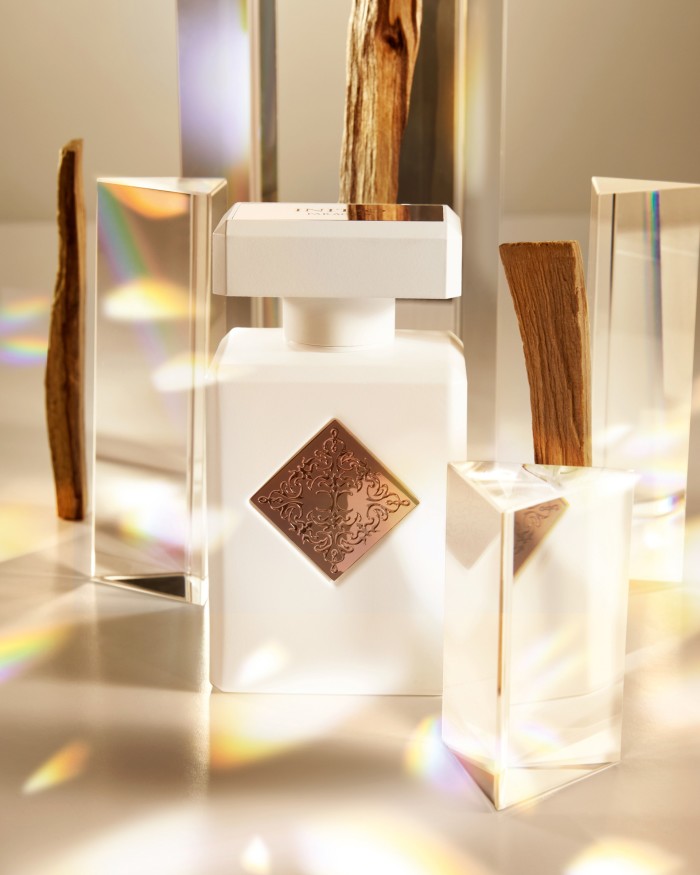
Meanwhile, Initio Parfums Privés’s Paragon parfum (£240), combines a palo santo accord with notes of sage, lavender and black pepper to create a woody, spicy aroma. “Palo santo is a feelgood ingredient, creating a sense of relaxation to align mind, body and soul,” says Initio’s global brand director Bérengère Batalla. It’s a similar story in Tom Ford’s Ébène Fumé (£265), a smoky, rich and leathery blend in the brand’s Enigmatic Woods collection, featuring a top note of synthetic palo santo. “I wanted a scent that captured a meditative feeling. It has an almost spiritual sensuality that uplifts your mood,” explains Ford.
Burning palo santo sticks to release the “woody, earthy” scent enhances its aromatherapy qualities, says Harriet Emily, sound bath and meditation expert at Harrods Wellness Clinic. It’s important to “practise with respect, awareness and consideration to the ancient shamanic healing traditions of Central and South America”, she adds, but it’s also an excellent way to “change or to cleanse your energy”. Who wouldn’t benefit from a little of that?
Comments